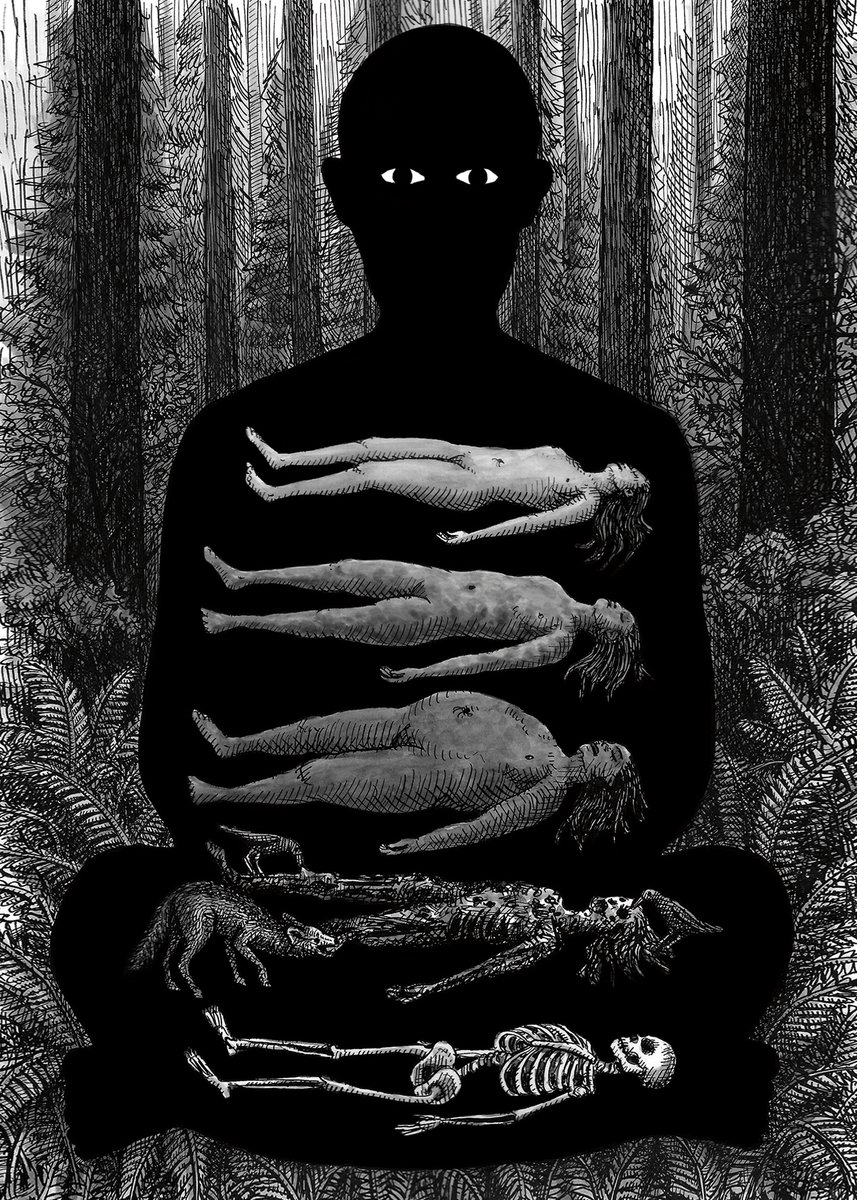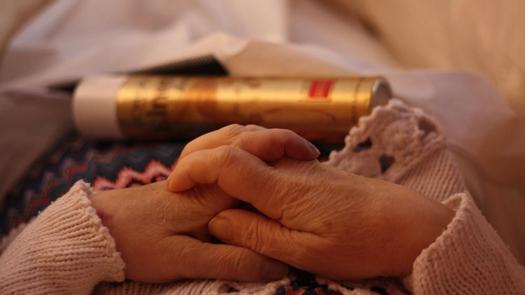The rise in forensic human decomposition research centers (sometimes called Body Farms) has taught us so much about human decomposition, and how it proceeds in different environments.
Decomposition begins several minutes after death, with a process called autolysis, or self-digestion. Soon after the heart stops beating, cells become deprived of oxygen, and their acidity increases as the toxic byproducts of chemical reactions begin to accumulate inside them. Enzymes start to digest cell membranes and then leak out as the cells break down. This usually begins in the liver, which is enriched in enzymes, and in the brain, which has high water content; eventually, though, all other tissues and organs begin to break down in this way. Damaged blood cells spill out of broken vessels and, aided by gravity, settle in the capillaries and small veins, discolouring the skin.
Body temperature also begins to drop, until it has acclimatized to its surroundings. Then, rigor mortis—the stiffness of death—sets in, starting in the eyelids, jaw and neck muscles, before working its way into the trunk and then the limbs. In life, muscle cells contract and relax due to the actions of two filamentous proteins, called actin and myosin, which slide along each other. After death, the cells are depleted of their energy source, and the protein filaments become locked in place. This causes the muscles to become rigid, and locks the joints.
via The Science of Human Decomposition
Some of our most frequently asked questions here at The Order have to do with decomposition. The one that gets asked the most goes something like this: “My _____ (aunt, grandparent, friend, or pet) was buried in 2018—can you tell me what they look like now?” This question is almost always posed with a caveat, “I hope that’s not too weird or morbid. Is there something wrong with me?”
First, we want to assure you that you’re not alone! How many of us sneak a look at our exes, or old classmates’ Instagrams to see how they’re doing, or what they look like now? The impulse to know what is happening to someone we once shared our lives with doesn’t end at death.
The problem is, we can’t answer this question because there are so many variables involved. The process and speed of decomposition varies drastically depending on environment, temperature, humidity, as well as other factors like type of casket and whether or not the body embalmed. Here’s a great video about the many ways to decay.
Still curious? Good! Here are a few more resources for you:


